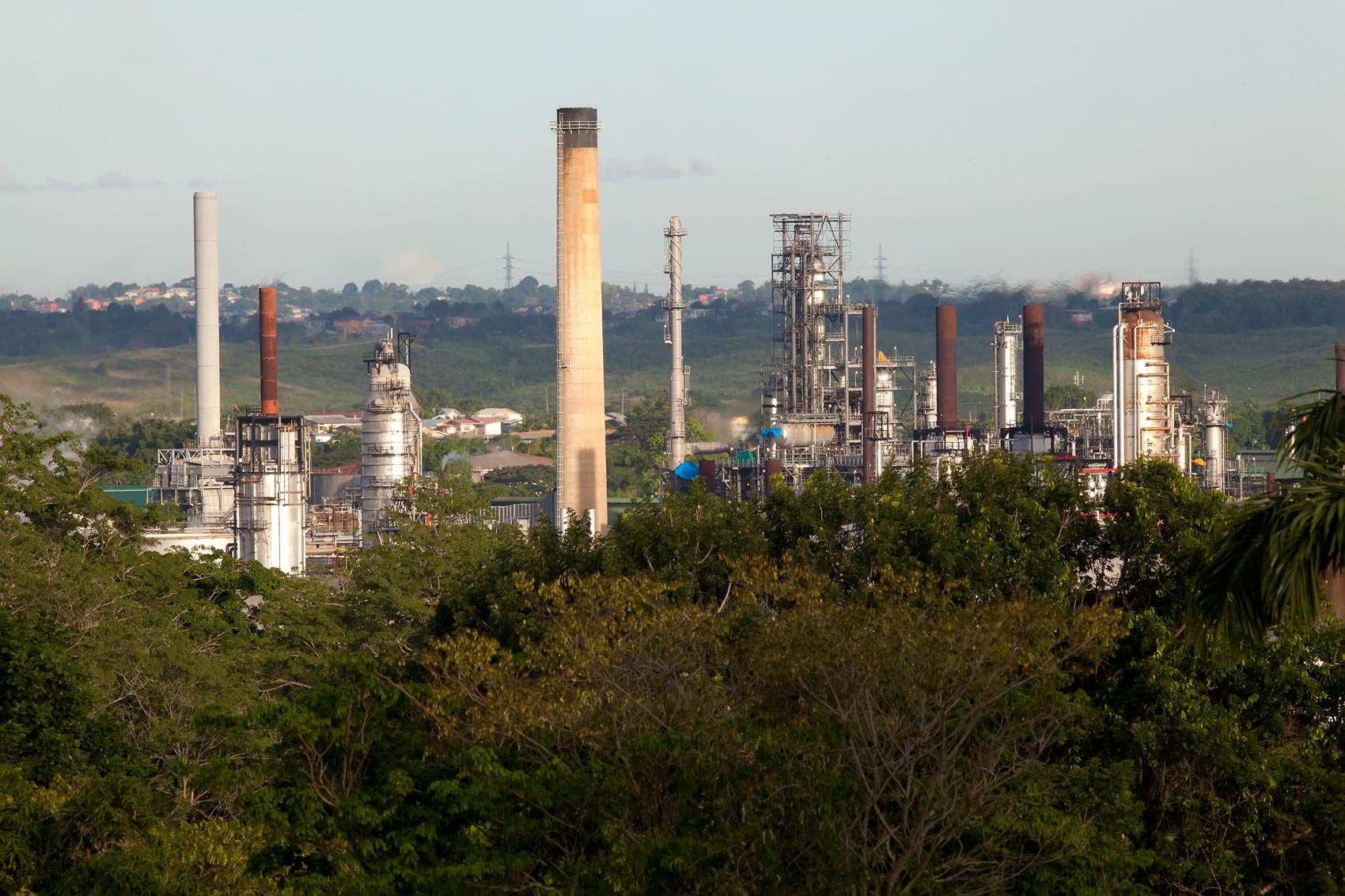Research into aspects of Trinidad and Tobago’s TT$67 billion (2012 prices) petroleum sector has suddenly been pushed to the front burner as both the Ministry of Energy and Energy Affairs (MEEA) and the Petroleum Studies Unit (PSU) of the University of the West Indies (UWI), St. Augustine, embark on such projects.
For years, research and development (R&D) contributions made by energy companies signing on to production sharing contracts (PSCs) have been largely lying idle and have not been utilised for their intended purposes.
Minister of Energy and Energy Affairs Kevin Christian Ramnarine has been keen for some time to rectify that situation, and he has chosen two components of what he calls “Trinidad and Tobago’s new energy economy” as the first subjects of assessment — heavy oil, and carbon dioxide recovery and its use in retrieving “left-behind” crude oil in reservoirs scattered around south Trinidad.
The formal names for the projects are: “A techno-economic analysis of heavy oil in Trinidad and Tobago” and “A techno-economic analysis of carbon management in Trinidad and Tobago through enhanced oil recovery (EOR) and geological storage.”
“R&D money has seldom been used for its intended purpose,” Minister Ramnarine has often complained, so he has thrown those two projects into the lap of the University of Trinidad and Tobago (UTT), with a government grant of TT$4.5 million to fund them.
Heavy oil is defined by the MEEA as that with an API gravity rating of 18 degrees or less, and only a small portion of the billions of barrels that are believed to exist on land and offshore in the Gulf of Paria has so far been recovered, primarily because of the expense involved and the difficulties Petrotrin’s refinery may face in processing it.
CO2 injection, for its part, is seen as the favoured method of EOR in relation to left-behind oil, of which there is also estimated to be billions of barrels, but it requires being captured (principally from the Point Lisas petrochemical plants) and transported to the locations where it is needed.
The findings of these two research projects could eventually lead to a significant turnaround of the country’s stagnant crude oil production.
At the Petroleum Studies Unit at UWI, meanwhile, newly-installed Professor Andrew Jupiter, who has taken over administration of the unit from Professor Richard Dawe, is throwing himself with gusto into his own energy industry-related research. He has also been tapping into R&D research funds and has persuaded the MEEA to support two projects in the first instance, the titles of which are:
1) “Heavy oil recovery from Trinidad tar sands by radio frequency heating”; and
2) “A new technique in sequence stratigraphy for deep-water successions in non-glacial times.”
The MEEA has agreed to allocate TT$543,000 for the first project and TT$463,000 for the second.
Assistance is also being provided by the Harris Corporation of Orlando, Florida, for the first project and by the prestigious Smithsonian Institution in Washington for the second project.
Professor Jupiter points out to EnergyNow that “the Harris Corporation is a top-class organisation that has done work for the United States government.” The Smithsonian Institution, of course, is the world’s largest museum and research complex.
The Point Fortin Petrotrin estate. Photo by Chris Anderson
While UTT is looking into heavy-oil resources, the Petroleum Studies Unit is going one step further by focussing on tar sands which are at the very heavy end of heavy oil and have to be extracted through quarrying, rather than through drilling.
The research initiative will, no doubt, show how radio frequency heating can be employed in this effort.
Tar sands advocates insist that as much as 50,000 b/d of crude could be added to the country’s output if a determined effort were made to access some of the 300 million tonnes of the stuff even the MEEA believes to exist in south Trinidad.
But even under the present minister, tar sands activity has been virtually ignored, so UWI has decided to take up the cudgels in this regard.
With deepwater activity in nine blocks as the most important exploration programme in Trinidad and Tobago at the moment, Jupiter insists his second project will produce results that can materially assist in this effort.
“We should get a much better understanding of deep water, so we will know how to proceed in terms of exploiting deepwater resources — how we can optimise exploration in deep water, that’s the important thing.”
BHP Billiton, the operator of all the deepwater blocks that have been allocated so far by the MEEA, “is funding a full scholarship for a student to study reservoir characterisation in Trinidad and its extension into deep water.”
Jupiter confidently expects the findings of the student “to be helpful to the company as they unfold.”


